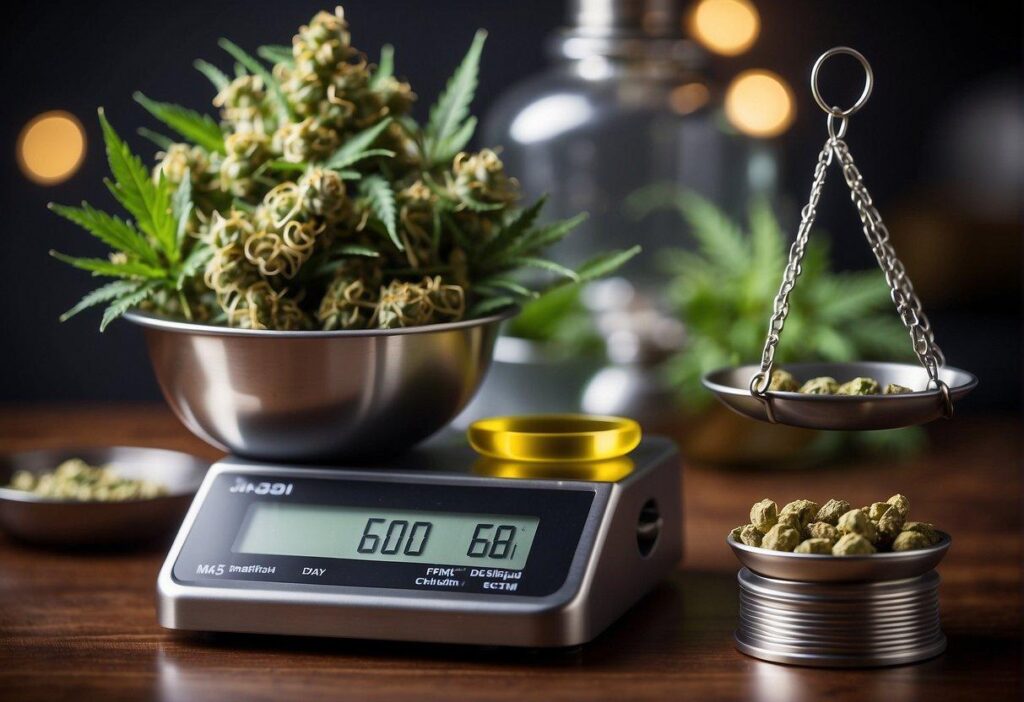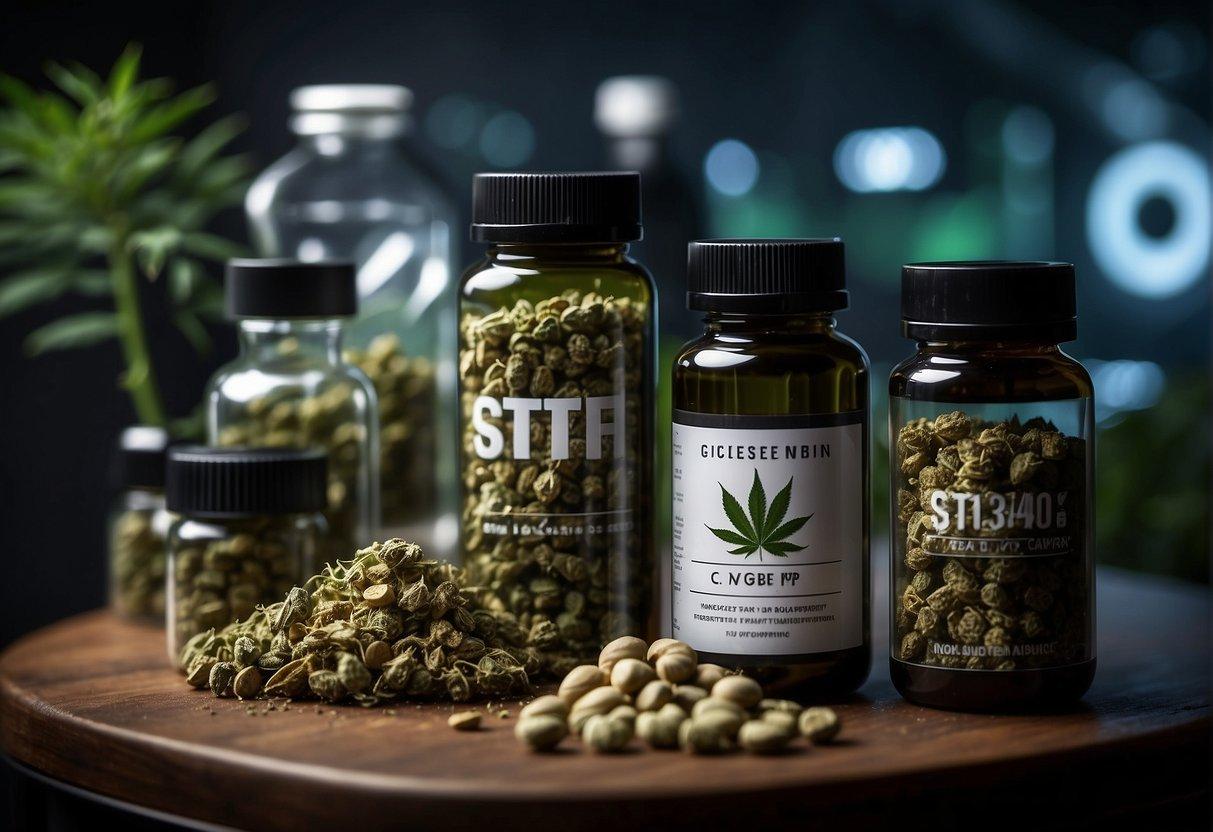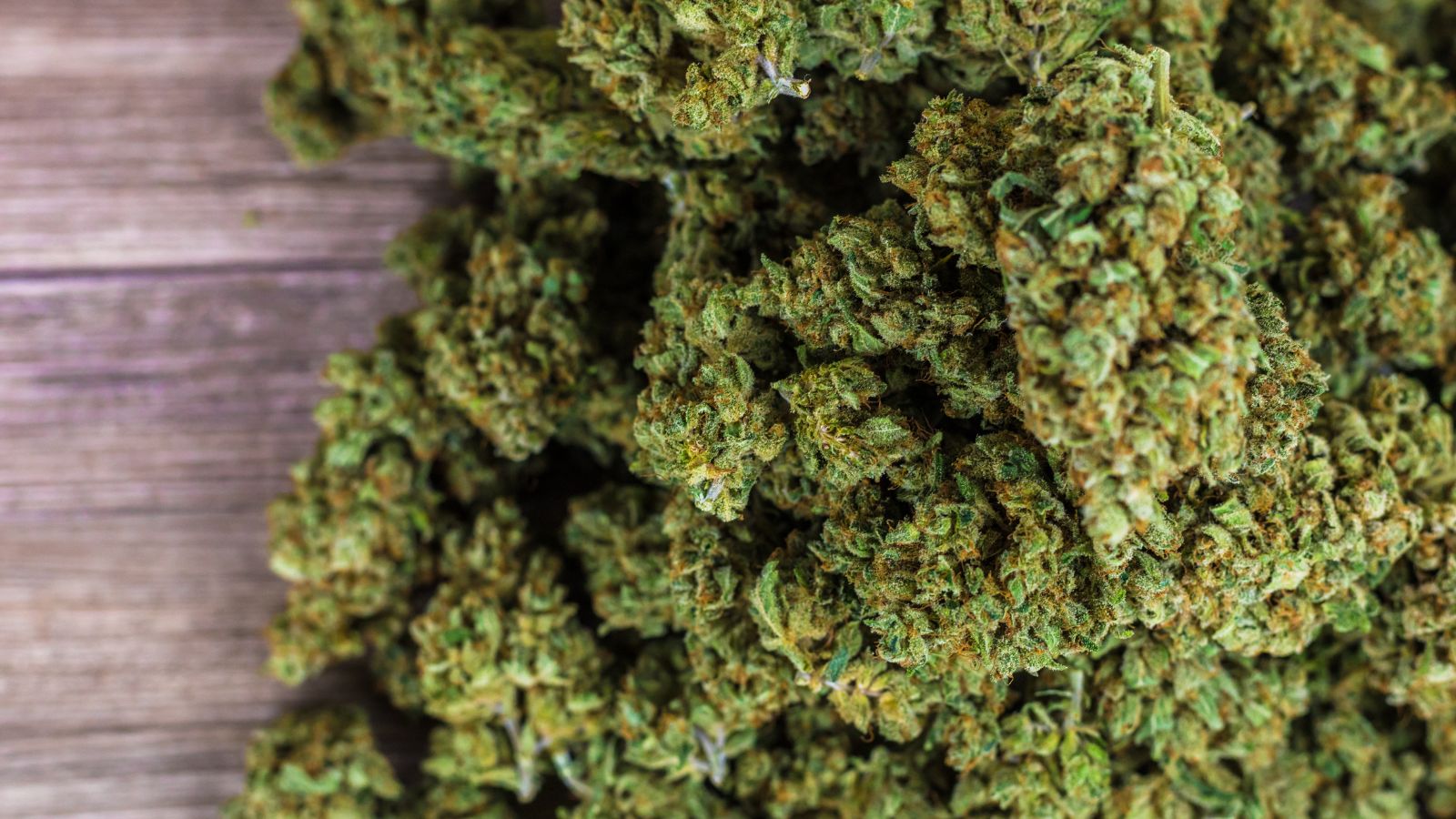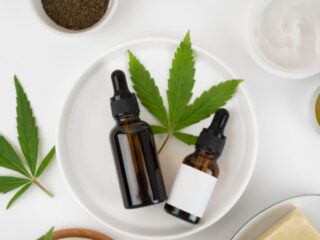
Understanding marijuana weight terms is essential for both consumers and professionals within the cannabis industry. Precise measurements are paramount when you purchase or purchase pounds of weed, whether for medical or recreational use, as they directly affect potency, price, and adherence to state laws. Weights range from the smallest unit, a gram, which is sufficient for a few rolls, to larger quantities like an ounce or pound for more substantial needs. Dispensaries cater to a variety of needs, offering product sizes that fit a wide range of consumers, from the occasional user to the medical marijuana patient requiring consistent dosages.
Dispensaries and budtenders often use terms such as eighth, quarter, and ounce to refer to specific weights of marijuana flower. An eighth refers to an eighth of an ounce, approximately 3.5 grams, while a quarter, commonly known as a quad, is two eighths, or about 7 grams. Higher up the scale, an ounce of cannabis equates to 28 grams and is often the legal limit for purchase in many Canadian provinces where cannabis has been legalized. These measurements guide both the consumer’s choice and the dispensary’s inventory, ensuring legal compliance and customer satisfaction.
The cannabis market has standardized these terms and weights, which has streamlined the buying process both for dispensaries and consumers. The average price of these various amounts can fluctuate significantly, influenced by the quality, potency, and the regional market, including both medical and adult-use domains. As cannabis products and their legality spread across Canada, understanding these weight terms becomes a fundamental aspect of engaging with the industry, enabling informed decisions for every cannabis consumer.
Understanding Weed Measurements
When purchasing cannabis, it’s essential to understand the various units of measurement used within the industry. These measurements range from grams for small quantities to pounds for bulk amounts, with different terms and pricing at each level.
Grams, Eighths, Quarters, and Ounces
The smallest unit typically purchased is a gram, often referred to as a “dime bag” informally. An eighth refers to 1/8 of an ounce or approximately 3.5 grams. A quarter, also called a “quad,” equates to 1/4 of an ounce or 7 grams. Half an ounce, sometimes known as a “half zip,” is 14 grams, and a full ounce is 28 grams.
- Gram: Often purchased for casual or infrequent use.
- Eighth (3.5 grams): Common for regular users.
- Quarter (7 grams): Sufficient for heavier consumption over a longer period.
- Ounce (28 grams): Purchased by heavy users or for sharing.
Slang and Informal Measurements
Slang terms are commonly used in the cannabis market. A “dime” typically signifies a ten-dollar worth of marijuana, whereas a “dub” or “dub sack” refers to twenty dollars’ worth. A “zip” is slang for an ounce, often used by consumers and budtenders alike. A “slice” implies an eighth, and a “QP” or quarter pound signifies 112 grams (which is 4 ounces).
- Dime/Dime Bag: Ten dollars’ worth of cannabis, usually less than a gram.
- Dub/Dub Sack: Twenty dollars’ worth, slightly more than a dime bag.
- Zip: Slang for an ounce.
- Slice: Slang for an eighth.
- QP (Quarter Pound): Four ounces of cannabis.
Market Sizes and Pricing
The average price of cannabis can vary widely depending on the quality, potency, and state laws. In legal dispensaries, prices reflect the market demand, product quality, and local taxes. Consumers can expect to pay more for higher potency and premium quality buds.
- Average Price: Fluctuates based on several variables including quality and local market.
- Dispensaries: Legal purchase points for various cannabis amounts, adhering to state laws.
Weight Conversions and Equivalents
Understanding weight conversions is crucial when purchasing across different measurement systems. A gram is the basic unit in the metric system, while terms like ounce and pound belong to the imperial system. One ounce equals 28 grams, and one pound equals 448 grams.
- Gram: Base unit in the metric system.
- Ounce: 28 grams (imperial system).
- Pound: 448 grams or 16 ounces (imperial system).
| Measurement | Grams | Ounces |
| 1 Gram | 1 g | 0.035 oz |
| 1 Eighth | 3.5 g | 1/8 oz |
| 1 Quarter | 7 g | 1/4 oz |
| 1 Half | 14 g | 1/2 oz |
| 1 Ounce | 28 g | 1 oz |
| 1 Pound | 448 g | 16 oz |
Packaging and Selling Regulations
When it comes to packaging and selling regulations for cannabis, understanding legal thresholds, accuracy in measurement, and specific packaging requirements for various product types is essential. These regulations ensure the safety, quality, and consistency of cannabis products sold in dispensaries across regions with legalized cannabis, such as Colorado and other states in the United States.
Legal Limits and Dispensary Practices
In jurisdictions where cannabis is legal, such as many states in the United States and throughout Canada, there are strict guidelines for the amount of cannabis that can be sold or dispensed to an individual. For instance, in Colorado, dispensaries must adhere to legal limits set by state laws; an adult over the age of 21 can purchase up to one ounce (28 grams) of cannabis flower per transaction.
- Legal Cannabis Purchase Limits per Transaction (Colorado):
- Flower: 1 ounce (28 grams)
- Concentrates: 8 grams
- Edibles: 800 milligrams of THC
Dispensary owners and budtenders are responsible for enforcing these limits and ensuring that transactions comply with regulations.

Medical marijuana, often subject to different restrictions, may allow for larger quantities to be disbursed based on individual prescriptions and state guidelines.
Measurement Tools and Accuracy
Accurate measurement of cannabis products is critical to compliance with cannabis selling and packaging regulations. Scales used in dispensaries must meet certain standards for precision to ensure customers receive the exact quantity of product they are purchasing. All scales are required to measure weight based on the density and amount of the product, whether it is cannabis flower, concentrate, or edible.
- Scale Requirements:
- Must be calibrated for accuracy
- Certified for commercial use
- Regularly inspected according to state laws
Product Types and Packaging
The variety of cannabis products available on the legal market requires appropriate packaging to maintain quality and ensure safety. Packaging regulations often specify that products must be child-resistant, labeled with accurate product sizes and THC content, and may include mandatory health warnings to inform consumers.
- Cannabis Product Packaging Specifications:
- Flower: Resealable, opaque, and child-resistant containers.
- Concentrates: Packaging must prevent contamination and preserve the quality of the product.
- Edibles: Must be in child-resistant packages and clearly labeled with THC content per serving.
Harvest and production of legal cannabis must also be packaged according to quality standards to ensure the product remains uncontaminated and potent from dispensary to consumers. Dispensaries must follow state-specific regulations that often dictate the packaging colour, text size, and other labelling requirements to promote informed purchasing decisions.
Consumer Education and Safety
This section focuses on the importance of understanding marijuana measurements, potency, and safety, specifically tailored for both the casual consumer and medical marijuana patients in Canada.
Understanding Quality and Potency
Cannabis quality and potency vary greatly, and they are critical factors in both the experience and medicinal effectiveness. A gram is the base unit of measurement for cannabis, which can typically roll two joints or pack a few bowls in a pipe. Potency depends largely on the levels of THC and CBD, which differ among strains. Budtenders play a vital role in educating consumers about the differences in strains and helping them understand how these variables might affect their experience.
Guidelines for Medical Patients
Medical marijuana patients in Canada must adhere to proper dosing as recommended by healthcare providers. Medical patients should focus on the precise measurements of cannabis weights to manage dosage effectively. Depending on the prescribed usage, a patient may require different product sizes, ranging from a few grams to larger quantities.
- Common cannabis weights and approximate usage:
- One gram: One to two uses in joints or bowls.
- Quarter ounce (7 grams): Suitable for several days to a week.
- Half ounce (14 grams): Often preferred for long-term medicinal use.
It is essential for medical marijuana patients to maintain communication with their healthcare providers about their cannabis use to ensure safety and effectiveness.
Practical Tips for Measurement
When measuring cannabis, consumers and patients should be familiar with common weed measurements. Here is a simplified way to visualize marijuana measurements:
- 1 gram: Typically enough for a couple of uses.
- Eighth of an ounce (3.5 grams): About seven joints or several sessions with a pipe or blunt.
- Quarter ounce (7 grams): Enough for about 14 joints or more extended use.

It’s important for users to have a basic understanding of these measurements and to use a scale to ensure accuracy. Accurate measurement is essential for a consistent experience, especially when exploring new strains or products.
The Future of Cannabis Weights and Measures
The cannabis industry is on the cusp of significant advances in the way products are measured and sold, influenced by evolving legislation and technological advancements.
Changes in Legislation and Impact
In the United States, changing state laws continue to reshape the legal cannabis market. With different states having their own legal limits on product size, the industry sees a dynamic shift in standardization efforts. Canada, having federally legalized cannabis, sets a nationwide precedent, with a strict 30-gram legal limit for public possession, influencing both the measurement and packaging of products. As legislation evolves, the industry may see a more harmonized approach to cannabis weights and measures across various regions.
It’s anticipated that market demands and quality assurances will further drive changes in legislation, pushing for clearer and more consistent labeling. This could lead to a standardized system of weights and measures across North American markets, mirroring the metric system’s dominance in Canadian commerce.
Technological Innovation in Measurement
Technological innovations are likely to revolutionize how cannabis is measured, with scales becoming more sophisticated. Precision in measurement is crucial for both the consumer’s knowledge and for abiding by state laws. The scales used within the legal cannabis industry, for example, are expected to offer more accurate readings, often to the hundredth of a gram, ensuring that customers are receiving the exact quantity of product they are entitled to.
| Scale Precision | Usage in the Cannabis Industry |
| ±1g | Suitable for large product sizes, such as ounces and pounds |
| ±0.01g | Ideal for small quantity transactions such as single grams |
| ±0.001g | Necessary for products requiring high precision, like concentrates |
In addition, software integrations will likely play a role, with scales connected to point-of-sale systems to accurately and instantly record transactions, thereby maintaining meticulous inventory records. This not only improves the efficiency of sales but also assists businesses in remaining compliant with constantly shifting state regulations.












